Despite it’s significant presence on road signs in Central Scotland, Rosyth is not a ferry port anymore and has not been for 14 years.
However, ‘Project Brave’ is hoping to return the town’s docks to its status as Scotland’s only maritime gateway to Europe.
The driving force behind the project is Ptarmigan Shipping director, Derek Sloan and the shipping company, DFDS.
They want to see a joint freight and passenger ferry route leaving from Rosyth to Dunkirk in France.
This would take the place left by the passenger and freight services to Zeebrugge, which ceased operating in 2010 and 2018 respectively.
However, the project has temporarily been berthed after it missed its January deadline for receiving a confirmation of funding from the Scottish Government.
Its stakeholders have estimated they will need in the “ballpark” of £5-£10 million to cover its start-up costs.
Mr Sloan says “it would be an injustice to Scotland if it didn’t happen”.
But how do the residents of the town sitting in the shadow of the docks feel about Project Brave?
Will Rosyth become home to one of the ‘iconic gateways’ again?
When I arrive in Rosyth on a Friday morning the pavements are quiet and I’m worried about trying to find someone to speak to.
Luckily, I have pre-arranged a meeting with two residents that are passionate about the community at the EATS Rosyth Community Hub.
Located on Queensferry Road, it promotes sustainable food practices, while also offering “edible and tasty spaces”.
When I meet Steven Stewart and Bruce Lumsden at the centre there is a loud bustle about the place.
A singer is preparing to perform for the customers, who are chatting with each other over a cup of tea or coffee.
Steven is the chairperson of Rosyth Community Council, covering a population of around 13,500. He gives the measured responses of a man who is quietly hopeful.
Bruce introduces himself as a board member on EATS and the chairman of the Rosyth Men’s Shed.
“The approach to the port is probably one of the most iconic gateways”, says Steven.
“Sailing in past the Bass Rock and down through the three bridges is a great image”
“It would definitely boost tourism especially, with the whole ‘Outlander’ thing at Culross. You’re a stone’s throw from St Andrews, which is the home of golf.”
However, previous plans have left him and members of his community feeling frustrated.
“I think the community has lived with that ambition for a long time. It gets discussed. It gets promised. And then nothing happens.
“I travelled to Zeebrugge and the ferry was really quite busy. It was definitely a professional set up and was part of something much bigger and more constructive. You could see the potential to improve, which was also frustrating.
Bruce adds: “You’ve got the Kelpies, Wallace Monument and Stirling Castle just through the Forth Valley. It also provides easy access to the Trossachs and the west coast.”
How will a ferry help put Rosyth back on the map?
Steven used to work on the docks for many years. He agrees with Bruce that a reinstated service would likely provide a boost for employment in Rosyth.
“I never worked in the dockyard professionally myself”, explains Bruce.
“I went to the council, but my Dad was in the dockyard for many years. It was a great opportunity for kids coming out of schools.
“They were learning a lot of trades down there. There are quite a lot of kids that are moving away to maybe go into the oil industry or are working abroad. It would hopefully keep generations in the area.”
“A lot of my friends that worked in the dockyard that moved to different sectors are actually coming back and working in the dockyard again.”
Steven adds: “There was quite a dependency on Royal Navy vessels being built and we felt somewhere along the line that there was a need to diversify.
“The ferry is ideal for that. There’s a skilled workforce and the facilities and resources required for a shipping line.”
Down in the dockyard a blue Babcock crane and warehouse loom large on the skyline.
Both Rosyth residents recognise the opportunities being provided by companies like Babcock and Oceaneering in the local area
A reinstated shipping route could be the ticket to even more investment and jobs though.
Bruce adds: “Unfortunately, Rosyth is kind of overshadowed by Dunfermline. We don’t have a leisure centre in Rosyth and we’re one of the biggest towns in Fife.
“For those type of facilities we have to go up to Dalgety Bay, Dunfermline or Cowdenbeath.”
Meet the man behind the Rosyth ferry bid
The man behind the project, Mr Sloan, is adamant that things have changed since 2018.
That is the year when Rosyth lost its freight route, partially due to a fire on one of the DFDS vessels that was operating the service.
Meanwhile, the passenger service from Rosyth ceased in 2010 after operating for only eight years.
“The environment has changed quite a bit as far as emissions and road congestion go”, Mr Sloan says.
“They (DFDS) actually see it as a good compliment for the Newcastle route (to Amsterdam).
“It would mean two different exit points to Europe. Dunkirk is more for France, southern Belgium, southern Germany and Spain. While, Amsterdam is for Holland (the Netherlands), northern Germany and Scandinavia.
“People from Scotland, who want to take their car to Europe have got to travel to Newcastle or even further to Hull or Dover. It’s a significant journey plus all the congestion on the roads.”
He proposes starting with one ROPAX ferry, which would operate three overnight 20-hour sailings per week. This before building up to six freight/passenger services a week.
Project Brave pushes on despite funding setback
A major sticking point for the project occurred in January when it was unable to get that cash confirmation from the Scottish Government.
A timetable for commencing Rosyth-Dunkirk sailings on May 8 had been based on getting public funds.
“We were looking for some support on the start-up costs, mainly as we built up volume and the infrastructure”, says Mr Sloan.
“There are some issues with border force and customs. DFDS have done a lot of work in the background getting ready to launch the product and looking at either chartering or using some of their own vessels.
“Fife Council are very supportive, as is the mayor of Dunkirk. The French transport minister is also supportive. We’ve got a lot of support from the other side (of the North Sea) to get it off the ground as well.
“The three most important things for freight is cost, transit time and turnaround of your equipment.
“It is as fast and competitive to go through Rosyth as it is to go through any other port in the UK, apart from maybe Dover.”
What is the Scottish Government’s position on funding the Project Brave dream?
The Dunfermline and West Fife SNP MP Douglas Chapman has also given Project Brave his backing, highlighting that talks on brokering a deal are still ongoing.
It has also been backed by hauliers, including Dyce Carriers.
However, the Scottish Government has said it “cannot subsidise routes in ways which would be anti-competitive”.
A Transport Scotland spokesperson said: “We’ve always made clear our support for the potential for new direct freight and passenger ferry services linking Scotland to Europe.
“We will continue to engage with port operators and others to explore how that might be delivered.
“Any new service will be required to be delivered on a commercial basis.”
Back in Rosyth, my conversation also ends on a note of caution.
“The visions for it that have been presented publicly are really quite inspiring”, says Steven.
“People are well aware of Rosyth’s vision for it, but until we see the national benefits, it’s no use in us having a parochial view of it.
“We need to get the backing of the whole country on something like this.
“There are fantastic connections to public transport services. It’s just a case of people realising the benefits to the whole economy and not just to Rosyth.”
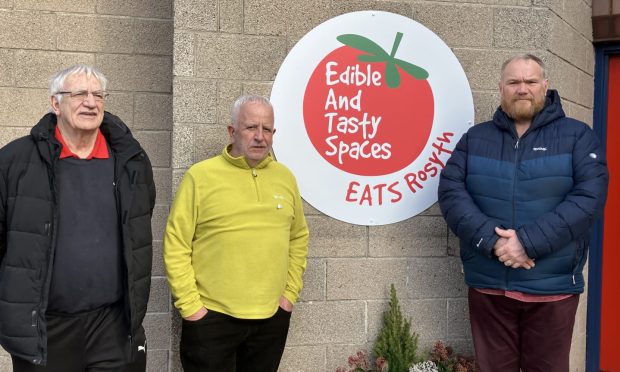
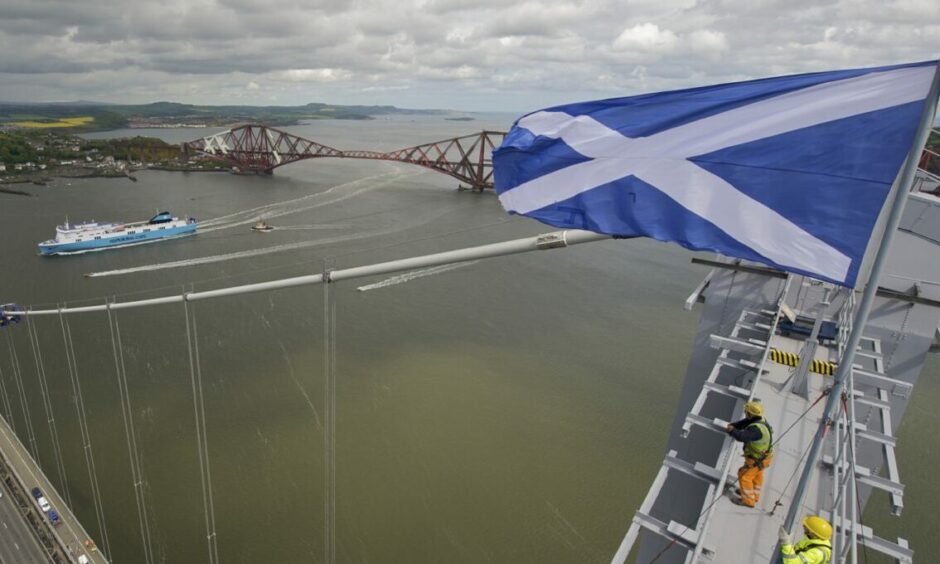
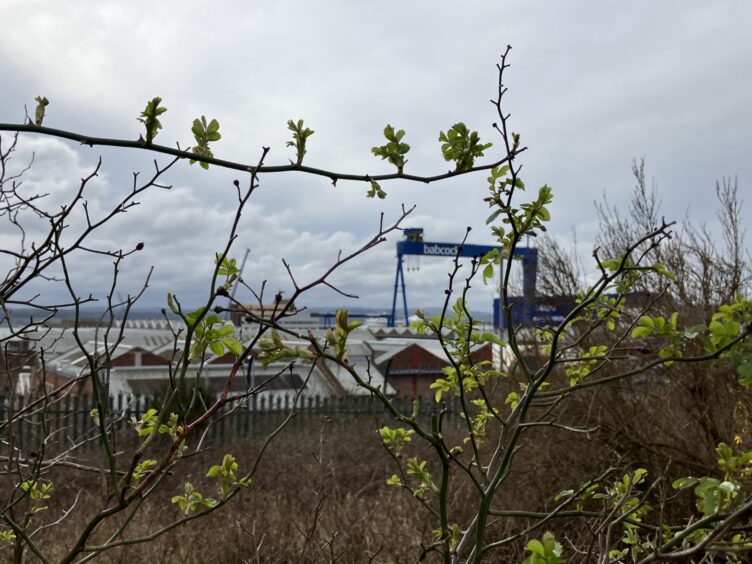

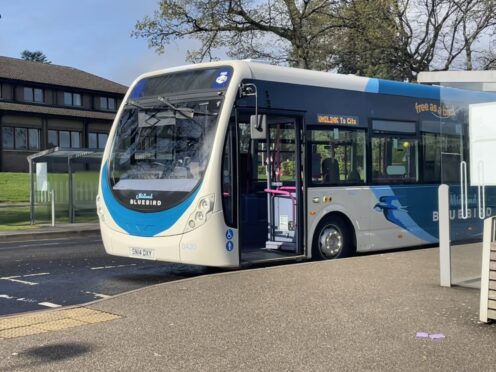

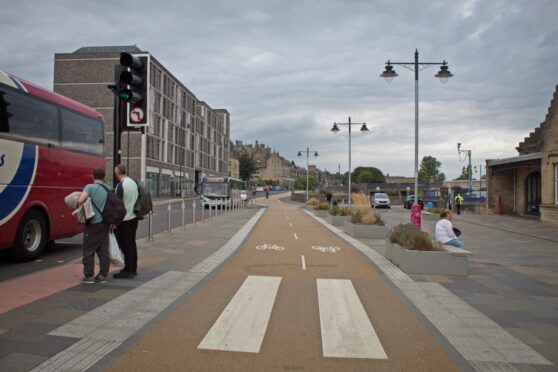

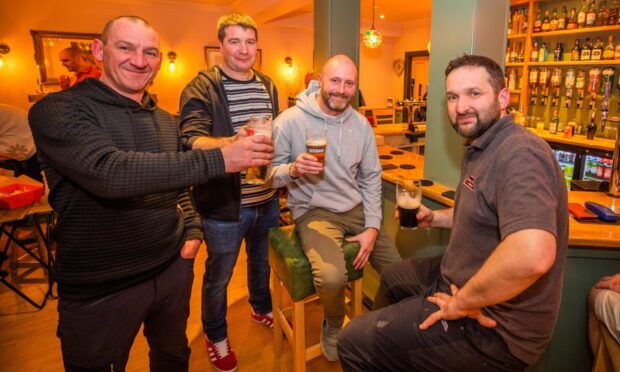
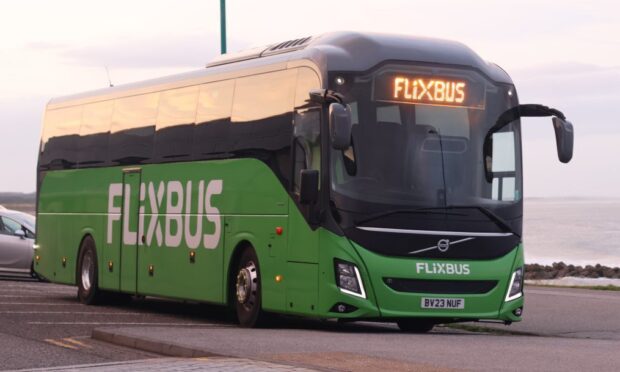
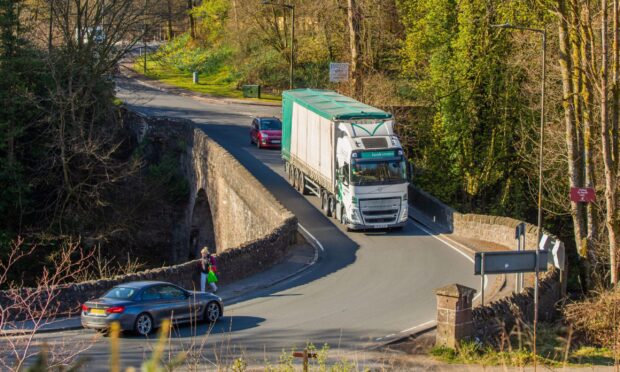
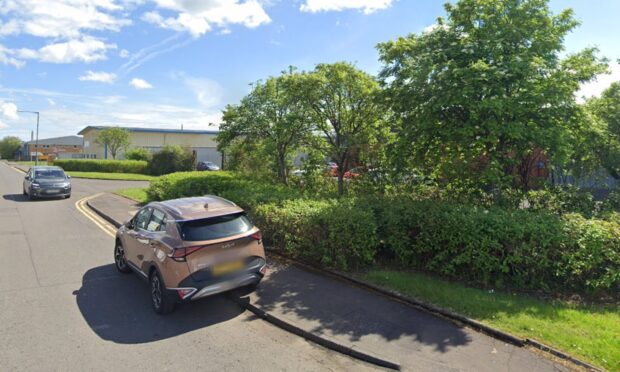


Conversation